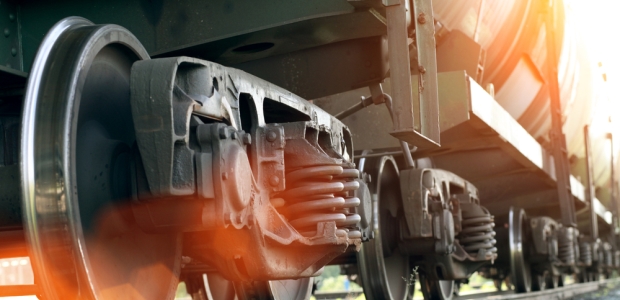
Canada to Require TIH Railcars Be Made of Normalized Steel
The head and shell of tank cars transporting Toxic Inhalation Hazard substances will be required to be made of normalized steel, with the requirement taking effect on July 2, 2021.
Marc Garneau, Canada's minister of Transport, announced amendments to the Transportation of Dangerous Goods Regulations that are updating regulations on railroad tank cars transporting toxic inhalation hazard (TIH) substances and also Emergency Response Assistance Plans. The head and shell of tank cars transporting TIH substances will be required to be made of normalized steel, with the requirement taking effect on July 2, 2021.
Other changes include:
- The interim TIH tank standard (referred in the United States as HM-246) will become the permanent standard. The service life of the cars will be extended to 50 years, which is consistent with the United States.
- The thickness of any new pressure tank car constructed using carbon steel of 483 to 558 MPa (70 000 to 81 000 psi) minimum tensile strength will be increased from 16 mm (5/8 inch) to 16.7 mm (21/32 inch).
- A new requirement is being added to thermal protection systems for new Class 117 tank cars. The thermal protection system of newly built Class 117 tank cars must include at least a 12.7 mm (1/2 inch)-thick ceramic fiber blanket.
- A new requirement was added for tank cars authorized for transport under an equivalency certificate. If the tank car meets all of the requirements of the standard, the equivalency certificate stencil marking must be removed at the next tank qualification.
"We use dangerous goods in almost every facet of our lives, and these goods are an important aspect of modern life and the economy. Their safe transportation by rail remains one of my priorities, and these updates to our regulations are another concrete step our government is taking to protect Canadians and maintain our safe and secure rail transportation system," Garneau said May 2.
Normalized steel is steel that undergoes a heat treatment process that increases its durability and resistance to cracking at low temperatures. Toxic inhalation hazard substances include substances such as chlorine and anhydrous ammonia, a fertilizer.
According to Transport Canada, phasing out rail tank cars constructed of non-normalized steel will provide greater protection to Canadians and the environment by reducing the risks of transporting toxic substances by rail. Rail shippers also now have consistent rules on both sides of the Canada-U.S. border.
Updates also have been made to regulations to clarify the process for when Emergency Response Assistance Plans are to be implemented and who needs them. An Emergency Response Assistance Plan is required for transporting certain higher-risk dangerous goods. It describes the actions to be taken in the event of a transportation incident and is intended to help emergency responders by providing them with specialized expertise, equipment, or response teams when needed.